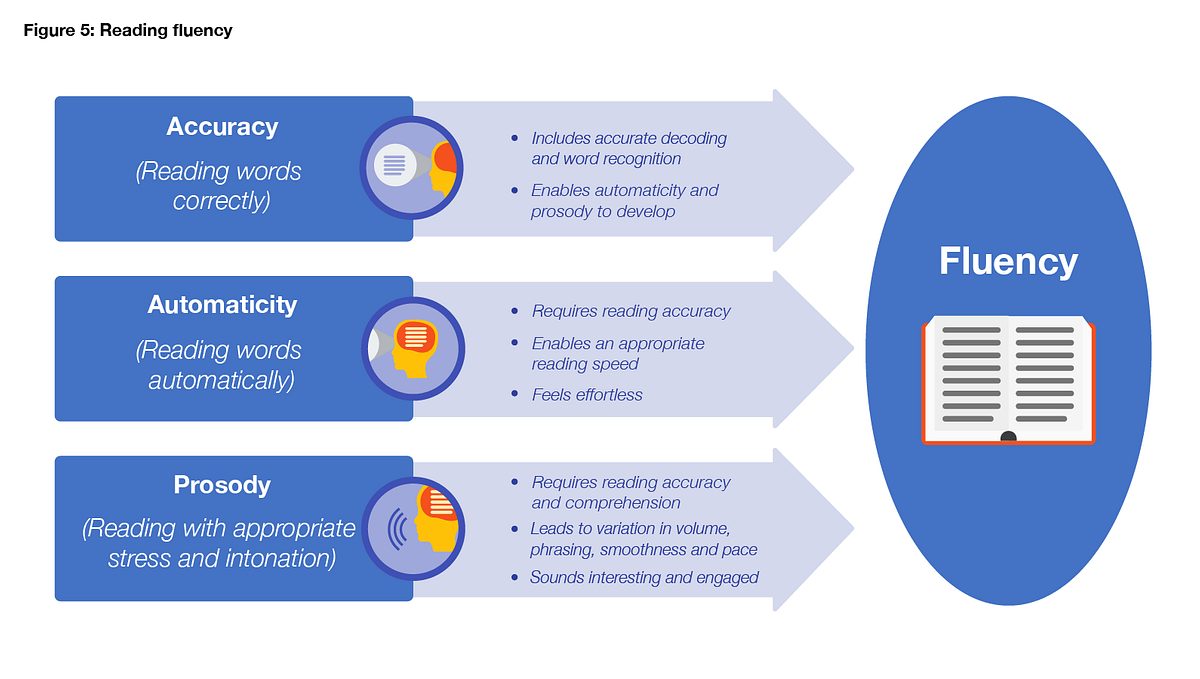Pupils moving from primary to secondary school are faced with an array of literacy-based challenges.
Reading a range of academic subject texts, which are more technical than those encountered in primary school, can be a daunting prospect. Additionally, they’re faced with the increasing language demands of the secondary curriculum and must adjust to being taught by a range of teachers, many of whom may not be specifically trained in the literacy demands of their subject.
While most pupils will have the general skills and knowledge needed to read accurately, fluently and with full comprehension, some still struggle despite having completed primary school.
In light of the effects of the Covid-19 pandemic, this problem is likely to be more widespread than before and planning support for these pupils at the point of transition is now likely to be a high priority for schools.
What does the evidence say?
Fortunately, schools can draw upon a plethora of strong evidence to support older pupils to become more fluent, strategic readers. As explained in our ‘Improving Literacy in Secondary Schools’ guidance report, schools should take a multi-faceted approach and recognise that reading skills are both general and subject specific.
We know that pupils should have opportunity to access and understand academic language through targeted vocabulary instruction – a rich oral environment that enables both implicit and explicit learning of new words is important. We also know that they should be supported to read complex academic texts using comprehension strategies such as activating prior knowledge, predicting, questioning, clarifying and summarising.
What does guided oral reading look like in schools?
Schools have worked hard to prioritise reading for older students over recent years, providing more regular opportunities for oral reading.
But what if we’re missing a trick here? This approach is undoubtedly well-intentioned and holds great promise for schools, but it also has the potential to fall short of expectations unless it is coupled with high-quality professional development for teachers delivering it.
Professional development focused on guided oral reading instruction would support teachers, regardless of their subject specialism, to model fluent reading effectively. Building knowledge about what reading fluency is (and is not) and what secondary schools could learn from the primary evidence base would be a good place to start to improve whole-school reading programmes.
What can we learn from the Primary Literacy evidence base?
As explained in our updated ‘Improving Literacy in Key Stage 2’ guidance report, reading fluency is defined as reading with accuracy (reading words correctly), automaticity (reading words at an appropriate speed without great effort) and prosody (appropriate expression, stress and intonation).

Older pupils might struggle with accuracy if they are not able to decode newly encountered tier 2 vocabulary within a text (and mispronunciation can also lead to miscomprehension). Therefore, teachers should be supported to explicitly pre-teach complex vocabulary, reinforce accurate decoding and pronunciation of words, and clarify pupils’ misconceptions during the reading aloud process.
Once pupils can read with accuracy, they can master automaticity (reading words accurately, effortlessly and at an appropriate pace as intended by an author). A word of caution here: many pupils are eager to read aloud in class, but if a pupil reads too slowly and dysfluently, comprehension can suffer for both them and their peers. Therefore, in the context of a whole school reading aloud programme, it may be prudent to stick with teacher modelling to ensure high levels of engagement and enjoyment from all pupils.
We should also be mindful of the assumption that simply providing more time for pupils to read (or listen) will make them better independent readers. Whilst one of the aims of a reading aloud programme is to engage pupils in reading for pleasure, it is also a good opportunity for them to experience a fluent reader’s thought processes. For example, the explicit modelling and verbalising of prosody strategies is essential so that pupils can develop their own inner reading voice and know how to translate print into meaning through expression, volume, pace and phrasing.
Tim Shanahan (2021) says that fluency training can have a remarkable impact on reading comprehension for older pupils, as it helps them to consolidate what they have already learned about decoding along the way. He also says that whilst not all older pupils require fluency instruction, most students enjoy fluency practice when it engages them in their learning and when they can see their own improvement.
Therefore, a focus on fluency could be a powerful lever for secondary schools looking to improve literacy transition and support their pupils in becoming more fluent, confident readers.
References
EEF Improving Literacy in Secondary Schools Guidance Report (2018). See here.
Clark, C. and Teravainen-Goff, A. (2020). Children and young people’s reading in 2019: Findings from our Annual Literacy Survey. London: National Literacy Trust.
Gough, P.B., Hoover, W.A. & Peterson, C.L. (1996) Some observations on a simple view of reading. In C. Cornoldi & J. Oakhill (Eds), Reading Comprehension Difficulties: Processes and Intervention (pp. 1 – 13). Mahwah, NJ: Erlbaum
Hogan, T.P., Adlof, S.M. & Alonzo, C.N. (2014) On the importance of listening comprehension. International Journal of Speech-Language Pathology, 16:3, 199 – 207. DOI:10.3109/17549507.2014.904441
EEF Improving Literacy in Key Stage 2 Guidance Report (2021). See here.
Shanahan, T (2021) Teaching Oral Reading Fluency to Older Students, Shanahan on Literacy. Available at Shanahan on Literacy (Accessed: 20th December 2021)
